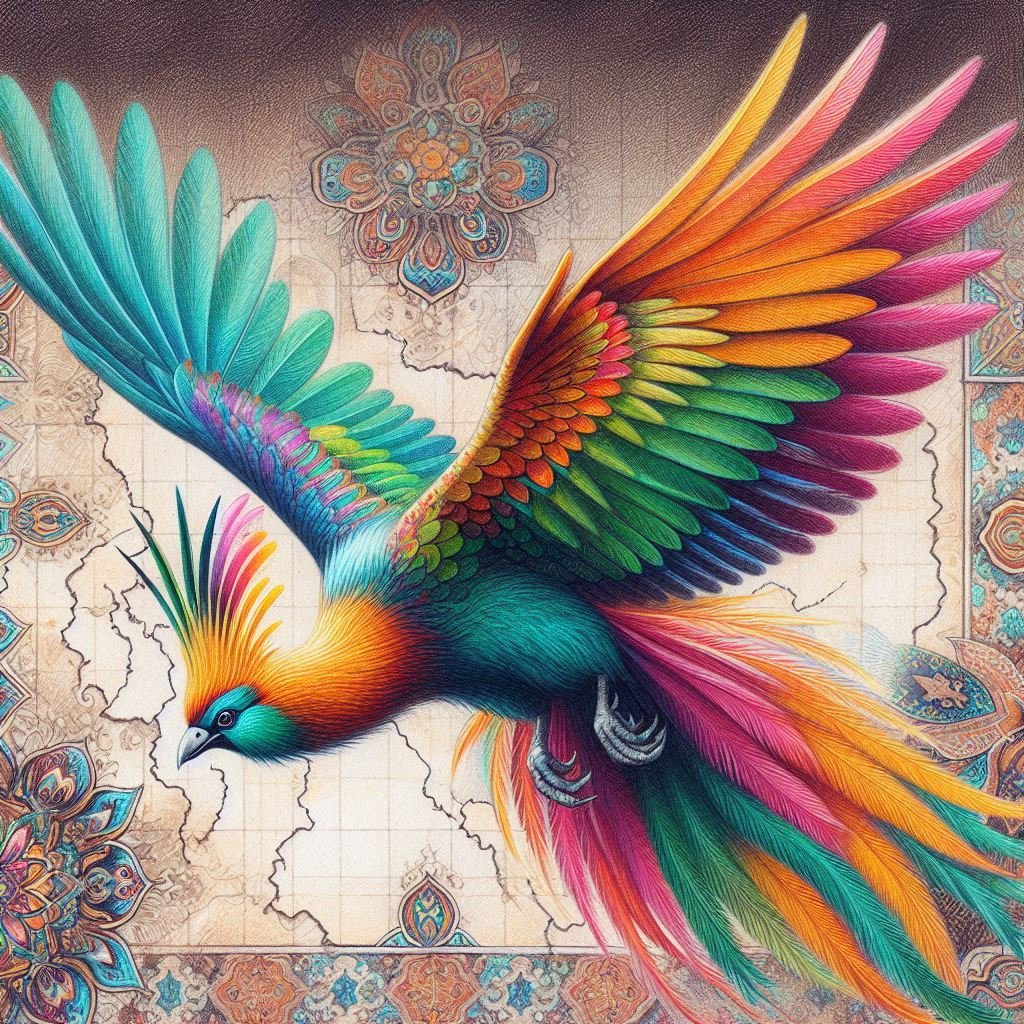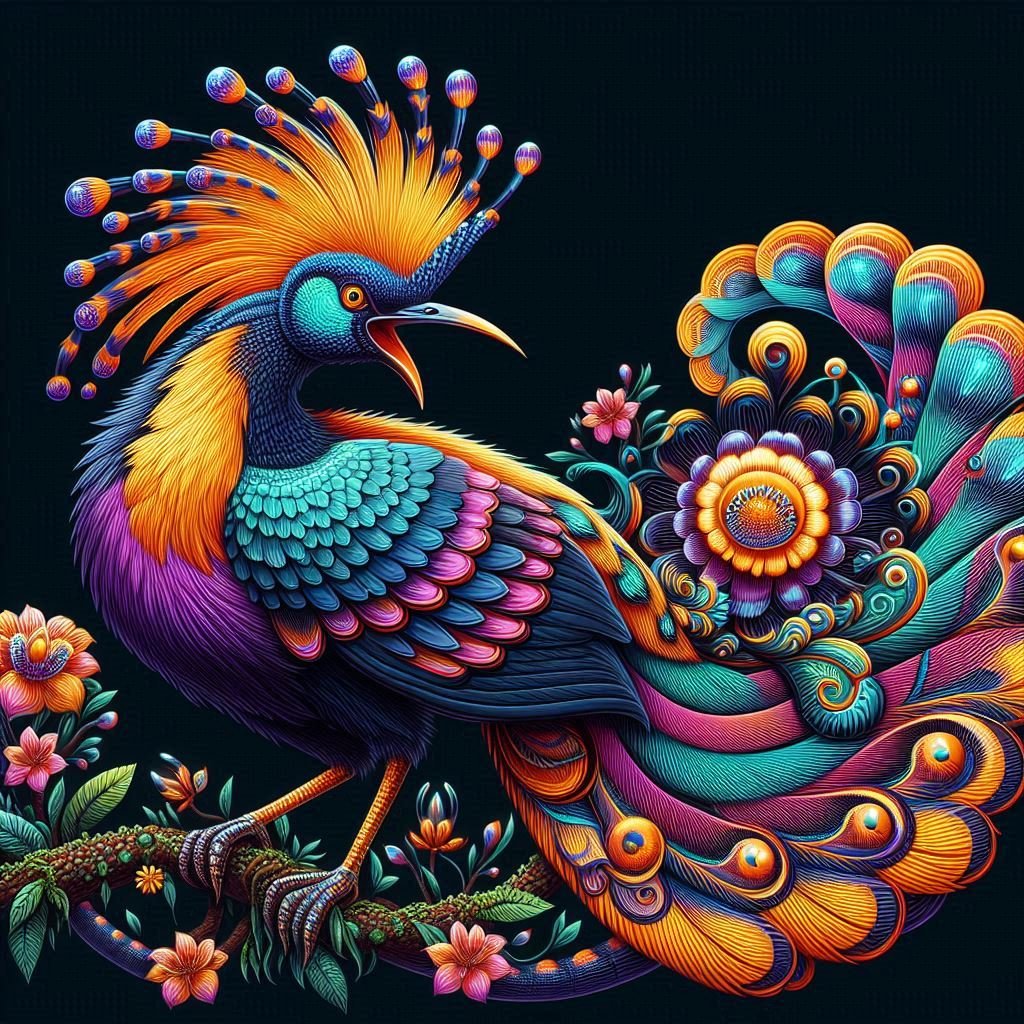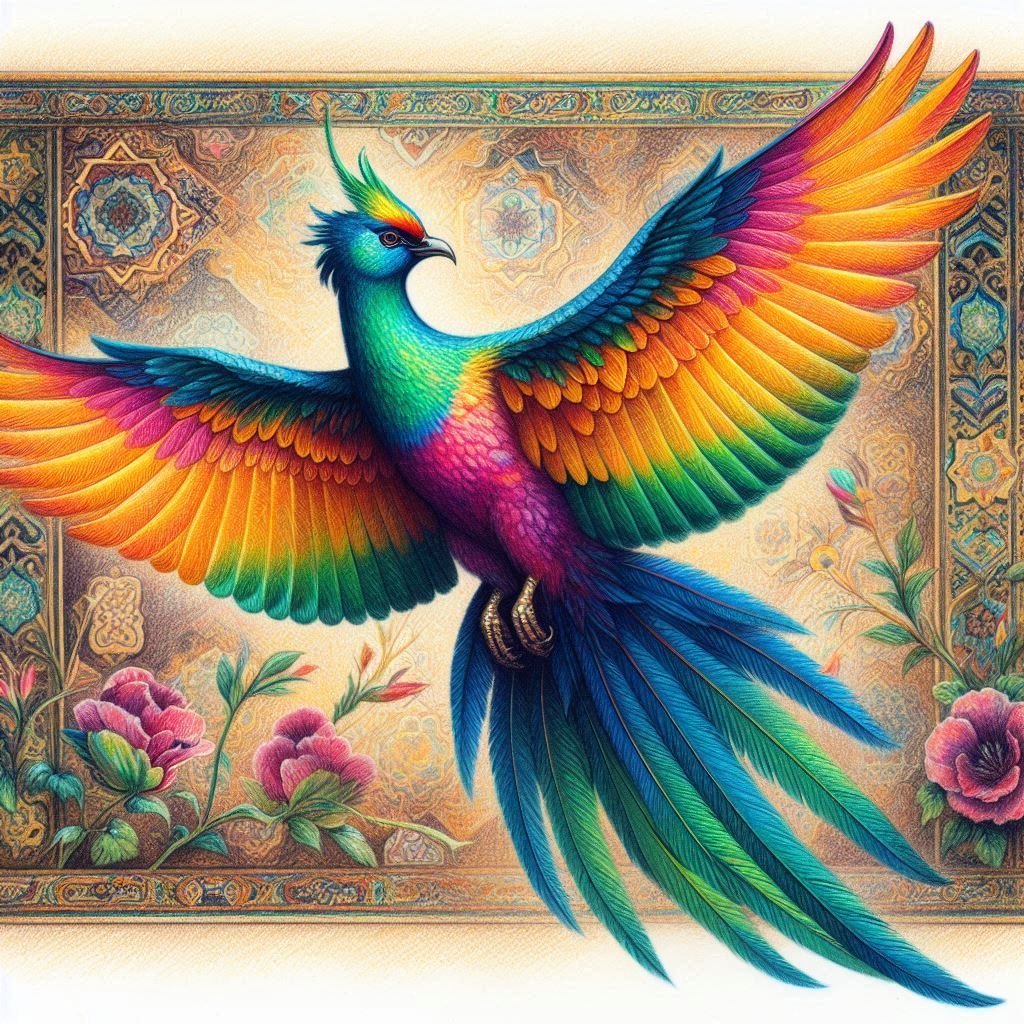
Huma
Huma
Mythical Bird
Mythical Bird
The Huma is mythical bird from Persian folklore who is a symbol of good fortune and a sacred bird. In the same way that the Phoenix rises again from the flames, so does the Huma and if anyone dares to harm the sacred bird, death will come upon them within 40 days.
References to the Huma can be found in literature and art across the centuries. In the Mughal era in India (1526 – 1761) it was told that if a Huma bird actually left the sky and alighted on a man’s shoulder, or even if its shadow fell over them, the man was going to be king. There is also reference to the Huma bird in Sufi and Daiwan poetry where it is shown to be a bridge between heaven and earth. The Huma is significant in mythology and culture with it being a symbol of purity, transcendence, and eternal life. The Huma is a bird from Persian mythology, but stories can also be found in the tales from other areas, including Asia and the Ottoman empire. The Huma is a large bird with a majestic bearing, and its plumage is a shimmering kaleidoscope of colours including red, blue, green, and stunning gold. A fascinating fact about the Huma is that it will not touch the ground during its entire lifetime and even its young are born whilst the Huma is in mid-flight. Whilst the Huma is a bird of good fortune, anyone who attempts to capture or harm a Huma will find that their fortunes are considerably affected in a negative way.

-
The Birth Of The Huma
-
The Woodcutter and The Huma



